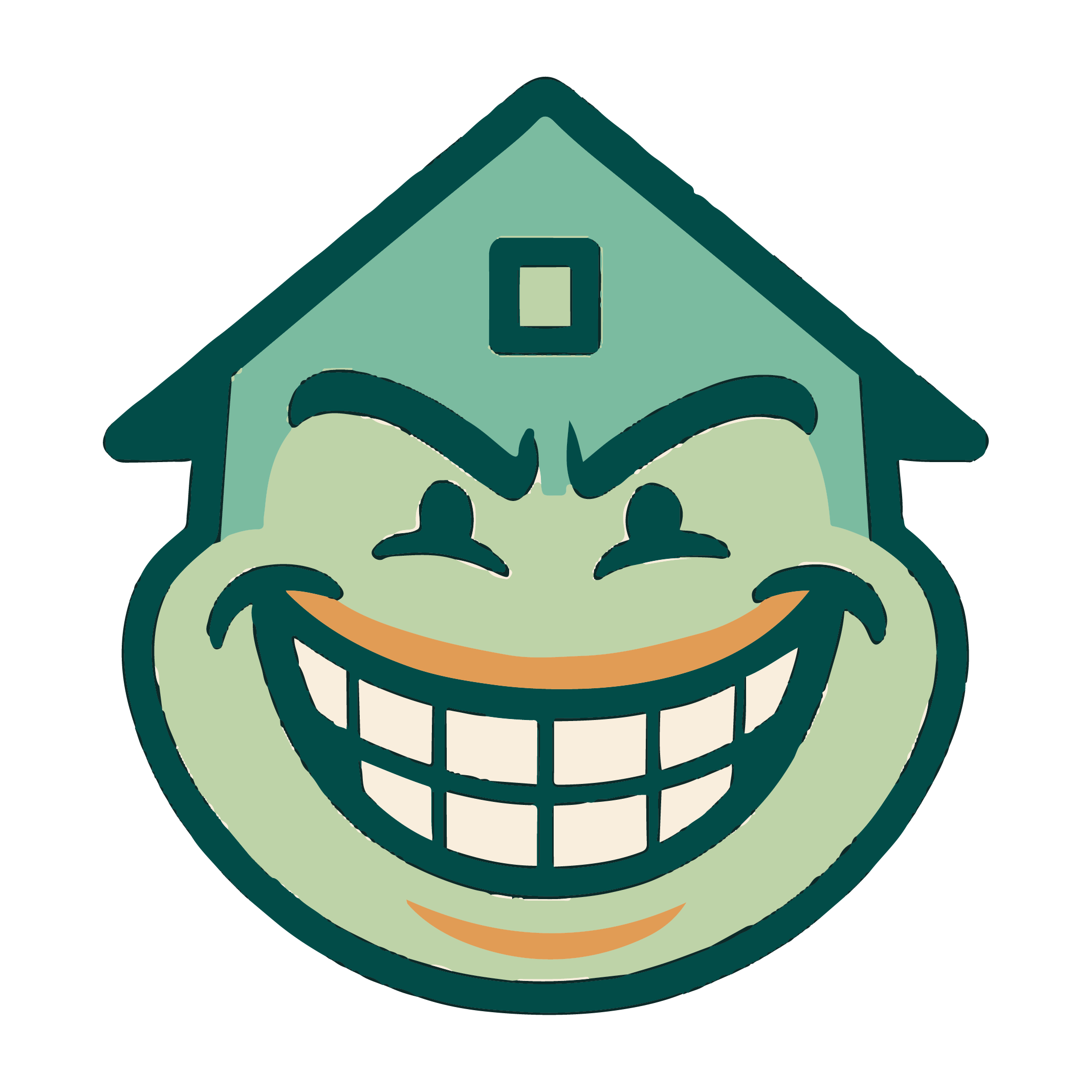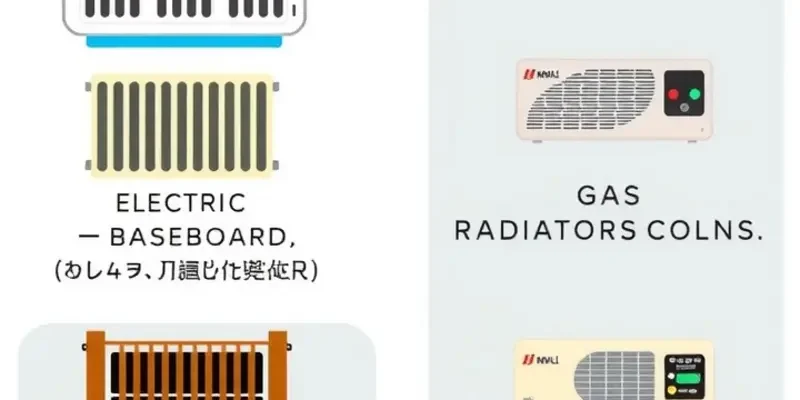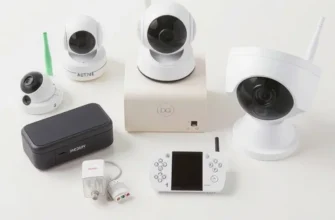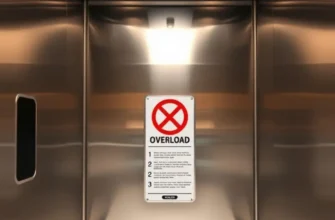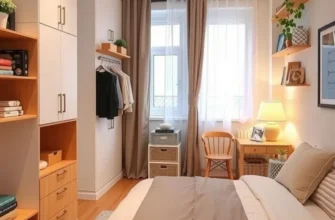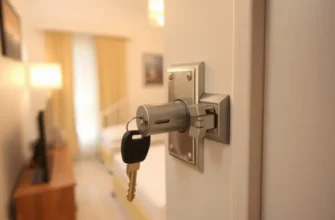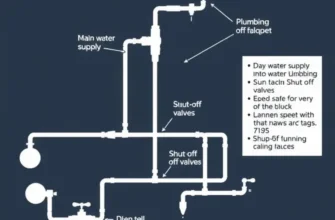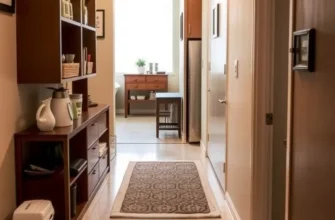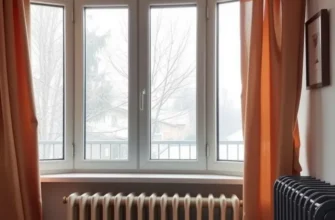As winter approaches, ensuring a well-functioning apartment heater becomes essential for comfort and safety. For renters, navigating maintenance responsibilities can feel daunting, but being proactive about heater care is key to avoiding inconvenient failures and maximizing safety. This guide offers essential insights into heater maintenance tailored specifically for apartment dwellers across the U.S. With a focus on simple, action-oriented solutions, this resource will empower you to take control of your heating system, ensuring warm and cozy days without the stress. Through straightforward maintenance steps, safety checks, and understanding your responsibilities, you’ll be equipped to enjoy all the comforts of home during the colder months. Let’s explore how to keep your heater operating safely and efficiently, so you can savor the warmth this season brings.
Understanding Your Heater: Types & Basics
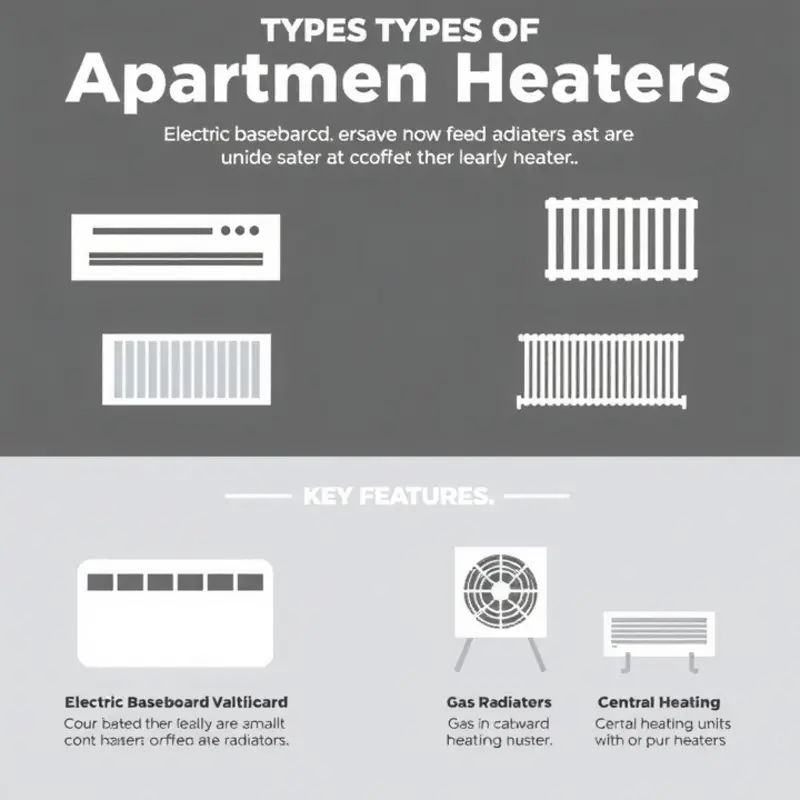
When it comes to keeping your apartment warm, understanding the type of heater you have is essential. This knowledge will not only help in adjusting the temperature to your comfort level but also in performing basic maintenance to ensure safety and efficiency. Here are the common types of heaters you might encounter in an apartment setting: electric heaters, gas heaters, and central heating systems.
Electric Heaters
Electric heaters are quite popular in apartments due to their ease of use and maintenance. They function by converting electric energy into heat, typically through metal coils. These heaters are usually portable and can be easily plugged into a standard electrical socket. Some models come with adjustable thermostats for precise temperature control.
Regular maintenance for electric heaters involves ensuring that the unit’s surface and vents are dust-free to prevent overheating. It’s crucial to check the cord for any wear or damage, as faulty wiring can pose a fire risk. For safety, avoid running the heater’s cord under carpets or rugs where it may be undetected and damaged.
Gas Heaters
Gas heaters are less common in modern apartments but can still be found, particularly in older buildings. These heaters burn natural gas to produce heat and are typically more cost-effective than electric models, especially in larger spaces. They usually require a connection to a gas outlet and must be installed by a professional.
Maintaining a gas heater involves checking connections for leaks and ensuring that the flame is burning blue rather than yellow, which indicates that the heater is functioning properly. Regularly inspect the vent pipes for obstructions and ensure they are well-connected. It’s recommended to install a carbon monoxide detector near a gas heater to monitor air quality and safety.
Central Heating Systems
Central heating systems are more sophisticated, typically providing heat to multiple rooms through a network of ducts or pipes. These systems often function via either a furnace or a boiler. Furnaces heat air which is then distributed through ducts, while boilers use water to provide radiant heat. Apartment buildings with central heating generally have a thermostat in each unit for temperature control.
Basic maintenance for central heating systems can usually be requested through your building management, who may service the system on a routine schedule. Tenants should ensure that vents are unobstructed and clean filters regularly, as a clogged filter can decrease efficiency and lead to higher energy bills. Keeping vents open and unobstructed ensures optimal air circulation.
Understanding the basics of your specific heater type not only aids in maintaining comfort but also prolongs the life of the unit, enhancing safety. For more on maintaining a safe home environment, consider reading about safe apartment laundry habits, which can complement your heater maintenance routine.
Safe Heating Practices and Hassle-free Maintenance Tips

Maintaining your apartment heater is crucial for both safety and efficiency. Regular checks and smart usage practices not only extend the life of the heater but also ensure that it operates safely. Start with a basic understanding of your heater. Familiarize yourself with the manufacturer’s manual, if available. Knowing how your heater functions will make it easier to identify potential issues and communicate effectively with your landlord when necessary.
Regular Checks
Regular inspections are vital. Examine the heater for any visible signs of wear and tear. Look for frayed wires, unusual noises, or discolored outlets. Each of these can signal the need for professional attention. Cleanliness is equally important. Dust buildup can impede airflow and reduce efficiency. Regularly dust and vacuum around the heater to prevent this. A clean heater is more efficient and less likely to overheat, which improves safety.
Safe Usage Practices
Prioritize safety by maintaining a safe perimeter around your heater. Keep flammable items, including curtains, furniture, and papers, at least three feet away from the heater. This practice helps prevent accidental fires. Never use extension cords with space heaters as this can lead to overheating and pose a fire hazard. Always plug heaters directly into wall outlets. It is crucial to turn off heaters when you leave the apartment or go to sleep. Modern heaters often have timers or thermostats to automate this, reducing energy waste and enhancing safety.
Communicate with Your Landlord
Open communication with your landlord can prevent small issues from becoming major problems. Report any unusual behavior from your heater promptly. Whether it’s a strange noise or inconsistent heating, early communication can lead to quicker solutions. Document your concerns in writing whenever possible. This creates a record that can be valuable if issues persist. If your heater requires professional repairs or replacement, your landlord should address it promptly, especially if multiple units or common areas are affected.
Maintaining a safe and efficient heating environment is key to comfortable apartment living. For more safety tips in your home, consider exploring how to enhance your laundry habits safely here. By following these straightforward maintenance tips, you can enjoy the benefits of a warm and safe living space with minimal hassle.
Final words
Ultimately, keeping your apartment heater well-maintained is not just about comfort; it’s also about ensuring a safe living environment. By taking the time to understand your heater’s specifications and following easy maintenance practices, you can avoid unexpected repairs and create a warm, welcoming atmosphere in your home. Remember, regular checks and communication with your landlord about potential issues can alleviate much of the stress that comes with renting. Whether the winter chill is setting in or you just want peace of mind, being proactive about heater maintenance ensures that you stay warm, safe, and secure all season long.
